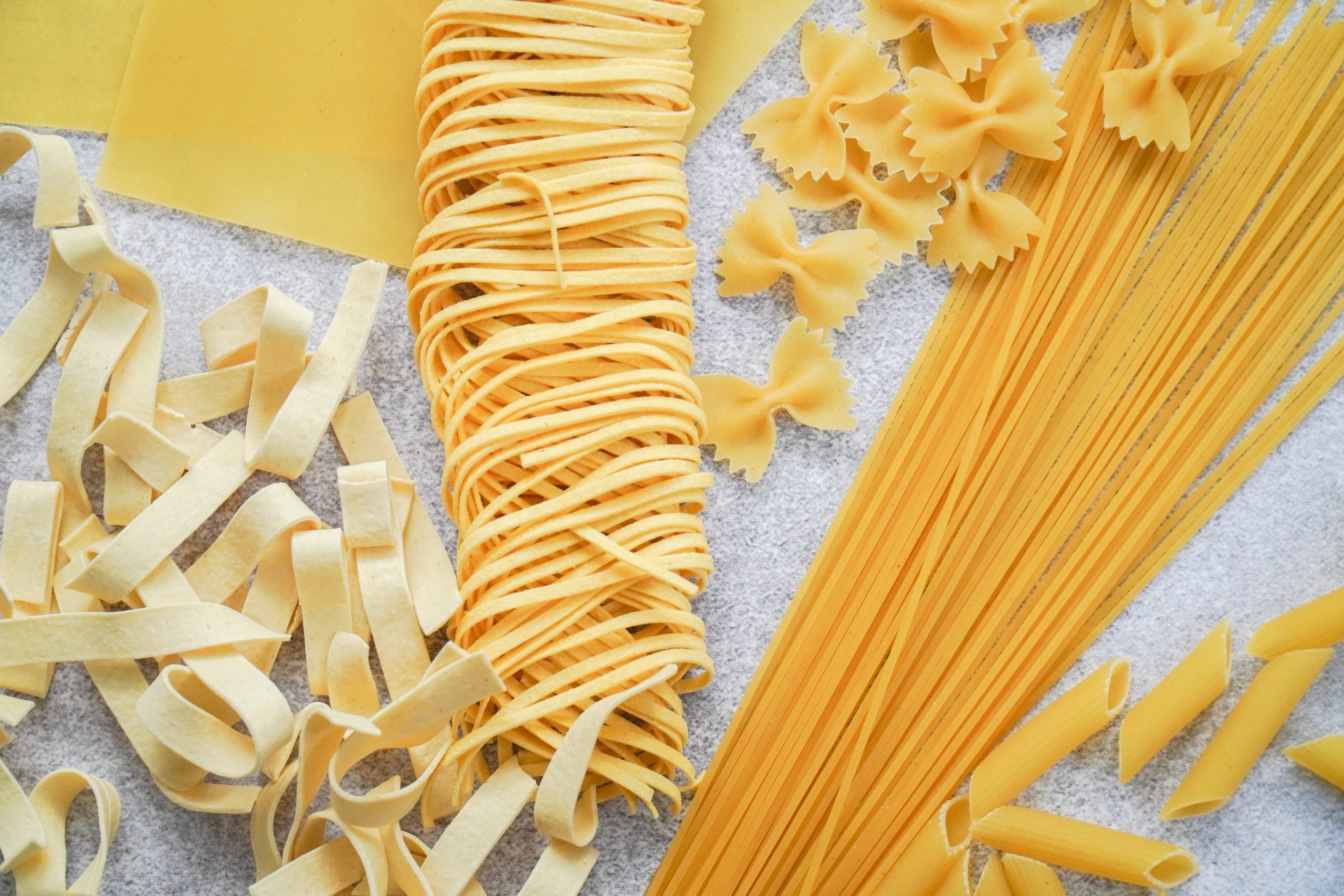
16 Jul The Glycemic Index: What You Need To Know
The glycemic index: what is it and how does it affect your health and weight?
We are a team of nutritionists who specialise in weight loss. We often speak with our clients about the impacts of different types and quantities of carbohydrates on their health and weight. Understanding the basics of the glycemic index (GI) can help you better understand how to approach your carbohydrate intake for effective weight management. Here’s our expert guide to GI.
If you’re looking to lose weight healthily and effectively, and maintain your results long term, we can help. Schedule your complimentary call today to find out more.
WHAT IS THE GLYCEMIC INDEX?
The glycemic index is a rating of how quickly carbohydrate-containing foods break down to simple sugars. High glycemic carbohydrates break down quickly into glucose, resulting in a rapid rise in our blood sugar level. On the other hand, slow releasing, low glycemic carbohydrates break down relatively slowly, providing a more sustained release of energy.
The GI rates all carbohydrate containing foods, including those like vegetables, pulses and high sugar treat foods, as well as carbohydrates we typically think of like pasta, bread, rice and potatoes.
The International Glycemic Index (GI) Database was created by researchers in the School of Molecular Biosciences at the University of Sydney.
WHY SHOULD I CARE ABOUT IT?
If you want consistent energy levels, good concentration and to manage your weight, understanding the glycemic index is important. It’s also key for ensuring good metabolic health. Poorly regulated blood sugar has been linked to a number of chronic degenerative diseases, most notably diabetes.
A high GI diet leads to marked peaks and dips in blood sugar levels. When our blood sugar levels are elevated, insulin is release. This hormone transports sugar from the blood stream into cells to be used for energy. If we have an immediate need for that energy, say if we are exercising, the sugar would be used to fuel our workout. But if we don’t, the sugar will be stored for later use. It can be stored as glycogen in muscle and liver cells, but it can also be converted into triglycerides and stored in fat cells.
KEY CONSIDERATIONS
While the glycemic index gives an average rating of the impact of that food on our blood sugar, it’s important to remember that different people react differently to different food. Two people could have a very different response to the exact same food. Various factors in our makeup can influence how quickly we break down carbohydrate foods into simple sugars.
For example, I am aware that I am particularly sensitive to carbohydrates. Though gut bacteria and DNA testing, and through using a continuous glucose monitor (CGM), I know that my body will rapidly convert carbohydrates into simple sugars. This puts me at greater risk of weight gain and diabetes if I eat a high glycemic diet, compared to those who are not so sensitive.
Portion size we consume is another important consideration, this is where ‘glycemic load’ (GL) comes in. The glycemic load takes into consideration a typical portion of a particular food whereas the glycemic index doesn’t.
What you eat with your carbohydrate can also affects it’s impact on your blood sugar level. Eating a carbohydrate food alongside sources of protein or fat can slow their release into the bloodstream. Read more about how to structure balanced meals for weight loss here.
WHAT ARE THE BENEFITS OF A LOW GI DIET?
If you’ve ever experienced a mid afternoon energy slump, lack of concentration or cravings for sweet or starchy foods, chances are you know what a blood sugar dip feels like.
A low GI diet will provide you with slow releasing energy which will help keep you energised and mentally alert. It will also help to prevent excess blood sugar being converted into fat, resulting in weight gain.
FIVE WAYS TO BALANCE YOUR BLOOD SUGAR
Stick to mostly low glycemic sources of carbohydrates. You can find out the glycemic index of a particular food here: University of Sydney GI Database
Minimise your sugar intake (taking care to read food labels and watch out for hidden sugars) and swap starchy carbohydrates for vegetables.
Moderate your portion size. Make carbohydrates a part of your meal, not the whole event. A serving size is approximately three heaped tablespoons.
Combine good quality sources of proteins and healthy fats with your carbohydrates to slow their release into the bloodstream.
Stay hydrated. Dehydration can lead to higher blood sugar levels. Yet another reason to drink enough water.
Monitor. If you’re serious about fuelling your body optimally, a blood glucose monitor is a great investment. Continuous glucose monitors (CGMs) like Abbott’s Freestyle Libre can help you understand exactly how your body responded to different foods.
WHAT ARE THE BEST LOW GI CARBOHYDRATES?
Non-starchy vegetables and salad. Fill your plate with colourful, seasonal veg. Think roasted Mediterranean vegetables, stir fries, ratatouille and vegetable curries.
Pulses. Lentils, beans and chickpeas are incredibly versatile. They provide protein as well as fibre and digestible carbohydrates, making them a great post exercise refuel option.
Non-gluten grains and pseudograins. Barley, buckwheat, black and brown rice, whole rolled oats, rye, quinoa. These make a great addition to salads and soups.
WORK WITH US
If you are looking to lose weight, we can help you overcome your weight challenges, reach your desired weight and maintain it long term. Book yourself in for a complimentary 25 minute call or contact us and a member of our team will be in touch soon. We can talk through your challenges and explore whether one of our Intelligent Weight Loss programmes is right for you.

